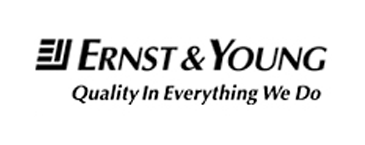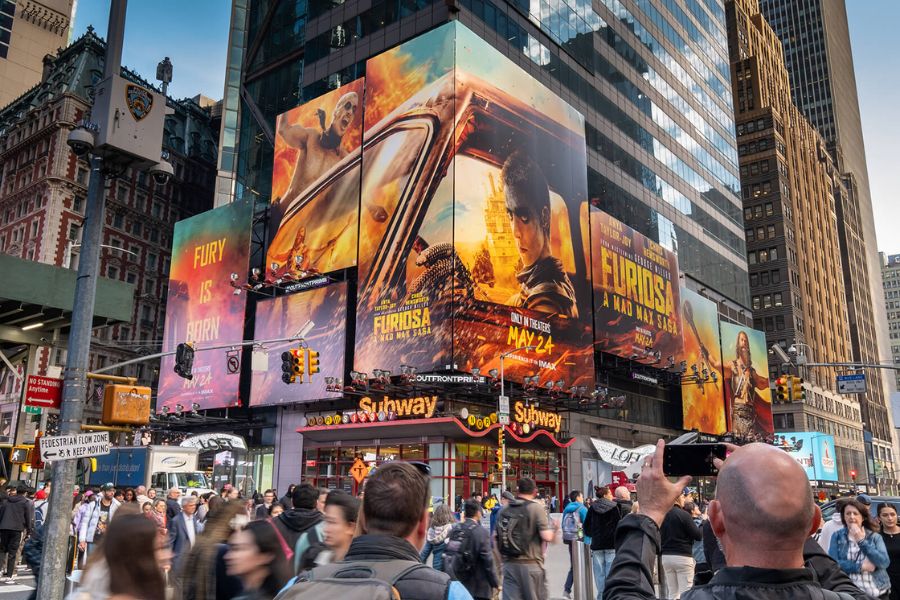Consumption patterns of urban towns are fast catching up with that of the top six metros of India. The sale of LCD TVs, wellness services is on the rise and consumers in these urban towns are showing an increasing preference for premium products and services of established mass brands.
That’s one of the key findings of Ernst & Young’s 'The new market shehers: Tapping Potential Beyond the Metros', a report that’s a follow-up to the Dhoni Effect: Rise of small town India’ that it released two years back.
For the purpose of the research, India was divided into four geographical categories – the top six metros (Mumbai, Delhi, Bangalore, Hyderabad, Chennai, Kolkata); the Key Urban Towns (KUTs) which are the 22 cities immediately following the metros in their market potential; cities in the rest of urban India (ROUI).
A statistic that stands out in the findings is that the share of KUTs and ROUI in India’s urban consumption has increased significantly and is now more than 70%.
The top eight cities accounted for almost 40% of the country’s domestic expenditure a few years ago. However the top six metros now contribute to only 27% of its urban consumption.
Although the ROUI towns are relatively underpenetrated in key consumer categories, in FMCG and consumer durables they are growing the fastest. There has been a significant uptake in the leisure and lifestyle spends of consumers in the KUTs as well as the ROUI, with the KUTs driving growth in the wellness, travel and entertainment categories.
What’s the findings also note that despite consumption choices in non-metros increasingly mirroring those made in the metros, advertisers continue to pay a premium for metro markets. Media ad rates, especially for print, OOH media and radio, continue to be much higher in metros.
However, there is a clear shift in advertising spends and volume toward non-metro for urban markets. The KUTs and the ROUI potentially command 40-50% of the country’s urban advertising expenditure.
Related story




